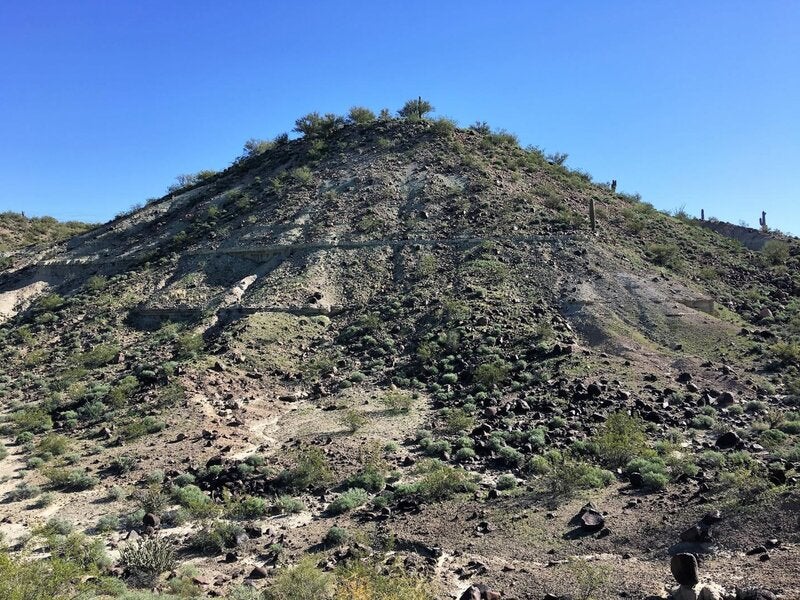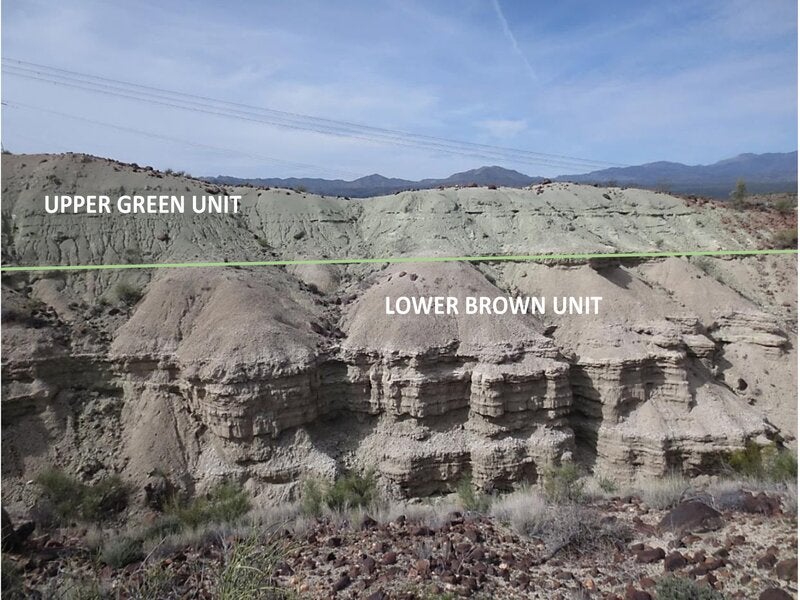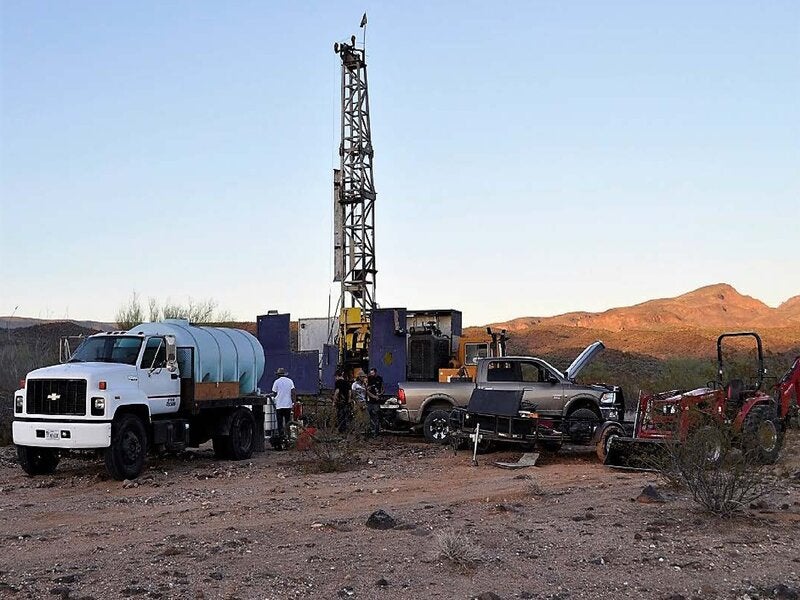The Big Sandy lithium project is an open-pit lithium mining project being developed by Australia-based Hawkstone Mining in Arizona, US.
The initial exploration drilling works on the project were started in July 2018, following the approval from the US Bureau of Land Management (BLM) in May 2018, while the maiden mineral resources estimate was announced in September 2019.
The baseline environmental and cultural surveys were completed in 2020, while the metallurgical test work for the project was initiated in the last quarter of the same year.
While the overall lithium recoveries of 90% have been confirmed, the initial test work demonstrated the production of battery-grade lithium carbonate (Li2CO3) at 99.7% purity from the Big Sandy project in March 2021.
Hawkstone also intends to evaluate options for the production of battery-grade lithium hydroxide (LiOH) along with Li2CO3 as part of its on-going metallurgical test work programmes for the project.
Project location
The Big Sandy lithium project is situated on Interstate 93 (I-93) between Phoenix and Las Vegas, in Arizona, US.
Comprising 331 BLM claims of 20acres each, the project site covers a total area of approximately 25km2.
The project location is of strategic importance with the Tesla Gigafactory, a lithium-ion battery plant in Storey County, Nevada is well-connected by approximately 960km of sealed interstate highway to the north-west.
Geology
The Big Sandy lithium deposit is situated within the Big Sandy Valley alluvial region. The margins of the Big Sandy river basin are marked by the Aquarius Ranges to the east and the Hualapai Ranges to the west. The valley features a series of thick Miocene age lacustrine and alluvial sediments.
The Big Sandy deposit is characterised by flat-lying basin sediments comprising clays with analcime and potassic alteration zones. The green lacustrine lithium-bearing clay horizon extends over 2km to the east and approximately 11km from north to south.
Mineralisation and reserves
The mineralised zone at the Big Sandy lithium project comprises a tabular body, up to 65m thick and extending approximately one kilometre along north-south and 750m to the east-west. The sediments contain flat-lying minerals and occur on erosional upper contact with the overlying colluvium.
The Big Sandy lithium project was estimated to hold 32.5 million tonnes (Mt) indicated and inferred mineral resources containing 1,850 parts per million (ppm) of lithium and 320,800 tonnes (t) of lithium carbonate equivalent (LCE), as of September 2019.
Exploration drilling at Big Sandy
The maiden drilling operations at the Big Sandy lithium project involved the drilling of 16 diamond holes totalling 1,600m. The drilling operation was carried out using a Mooroka mounted Longyear 44 and a 1.52m core barrel equipment for a detailed mapping of the lithium mineralised green lacustrine clays.
The preliminary exploration programme was later followed by the drilling of 37 diamond holes totalling 3,700m in February 2019 which demonstrated the lithium production with a peak value of 4,380ppm. The 2019 drilling programme tested the lateral extents of lithium mineralisation in the northern mineralisation zone.
Mining and processing
The open-pit mining method involving the conventional truck and shovel operations will be employed for ore extraction.
The metallurgical test works have confirmed that lithium can be recovered from the Big Sandy ore through leaching with sulphuric acid.
Contractors involved
Hazen Research was engaged for the metallurgical test work for the project in November 2020, while Kappes, Cassidy and Associates (KCA) was selected for the test work in May 2018.
Cube Consulting provided the maiden mineral resource estimate for the Big Sandy lithium project in September 2019, while ERM Consultant was engaged for the environmental assessment.





